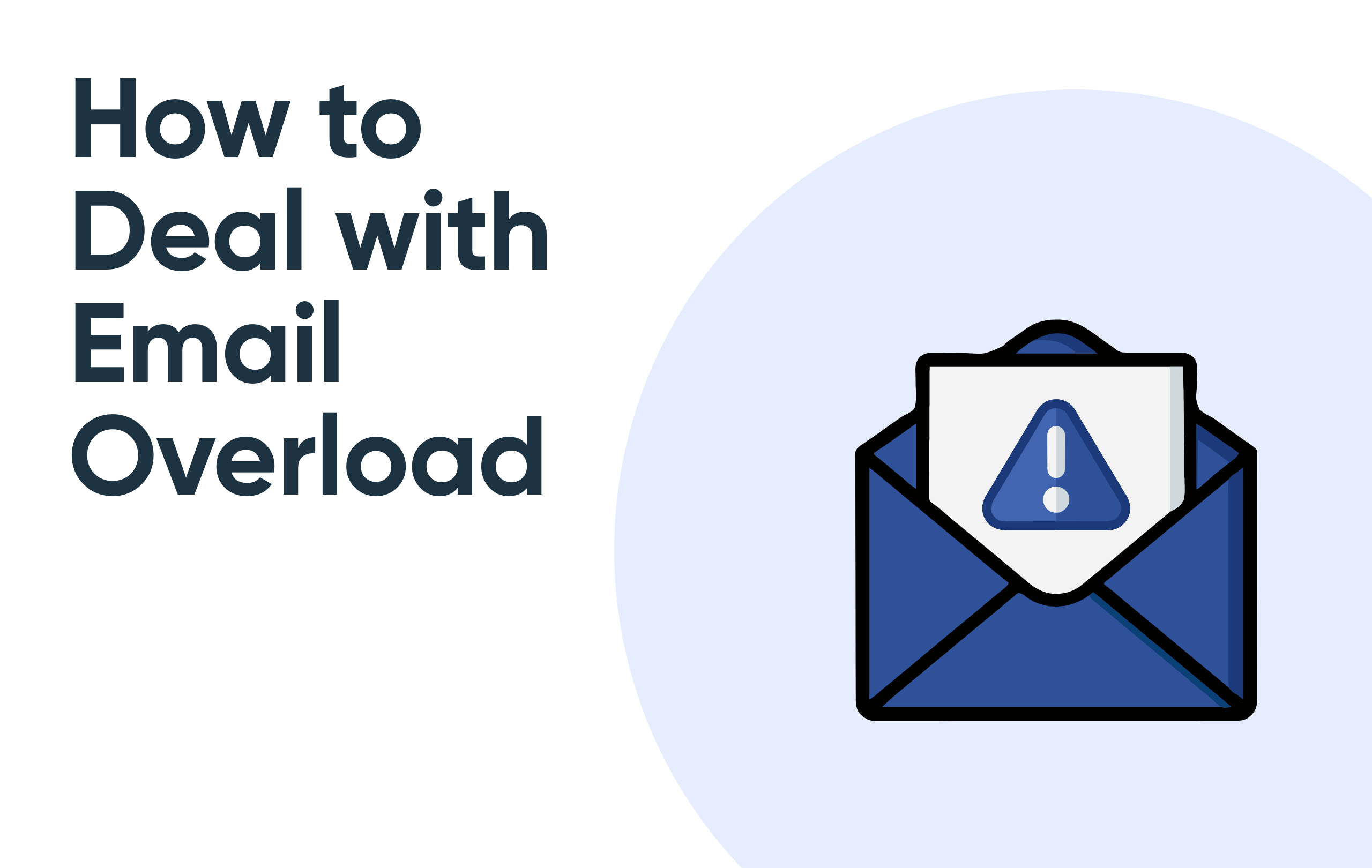
In a professional context, it’s common to expect someone to reply to an email within 24 hours.
Emails have become a fundamental part of our personal and professional lives. They are so ubiquitous that it’s hard to imagine a world without them. And for that very reason, they can become overwhelming, affecting our productivity and mental health. Whether it’s the sheer volume of messages received daily or the constant expectation of a response, there are many reasons why checking your inbox can be exhausting.
It’s estimated that the average person checks their email 15 times a day, losing between 15 to 25 minutes each time. Based on this, someone might spend nearly half of an eight-hour workday managing their inbox. It’s also projected that a person sends and receives over 120 emails per day—this number increases by about 4% every year.
As a result, the endless flow of messages can become monotonous and time-consuming. Additionally, the expectation for quick responses has increased with the amount of time people spend on electronic devices. In the professional world, it’s common to expect a reply within 24 hours. But in reality, most people expect a response much faster than that.
Unfortunately, this constant connectivity doesn’t just tie us to our devices during work hours—it also creeps into our evenings and weekends, preventing us from mentally and emotionally disconnecting from work. These expectations are a major source of anxiety related to emails. Although it can be challenging, it’s important to set boundaries for yourself and your coworkers regarding response times and expectations.
Much of communication is nonverbal—tone of voice, body language, and facial expressions all play a part. When we’re forced to communicate important or context-heavy ideas through typed messages, it’s easy to worry about how to properly convey tone, intent, and clarity.
This can make composing responses feel overwhelming, especially when we believe we need uninterrupted time to do it right. The result is that we put off responding, which increases pressure and leads to an even more crowded inbox, ultimately causing more anxiety.
This type of procrastination is common and often rooted in something deeper: fear. Fear of saying the wrong thing, fear of the growing to-do list, or fear of not being in control. Psychologists recommend stepping back to identify what you’re afraid of, then taking a deep breath to refocus. The next step is to break down the complex task into smaller, more manageable pieces.
Email communication requires mental effort—not just to absorb information but also to formulate thoughtful replies. When we have to handle multiple emails at once, it can cause cognitive overload. This is when we start to feel mentally drained.
The decision-making involved in responding to emails also contributes to stress. The more decisions we have to make—especially about important or sensitive topics—the more mentally exhausted we become.
For many people, the short-term solution is to avoid the problem altogether—avoiding the inbox itself. This is a natural reaction when you’re feeling overwhelmed. But that avoidance only leads to a fuller inbox and a longer to-do list, which increases anxiety.
Thankfully, clutter and anxiety are closely linked, so getting organized can significantly lighten the cognitive load. Simplifying your inbox and email routine requires some effort upfront, but there are many tools and strategies to help.
Simple practices like muting notifications during focus time or locking email access outside of working hours can be effective. For those who struggle to resist checking email constantly, these steps can offer relief. There are also AI tools that assist in drafting messages based on your intent and audience, making responses easier and faster to compose.
Getting organized isn’t just about mindset—it also means using the right tools to support your workflow. One option is Doze, a simple tool that helps you manage follow-ups without crowding your mind or calendar.
Doze makes it easier to take control of your inbox. Here’s how
This kind of automation gives you back mental space by letting you act on messages when they matter, rather than letting them linger in your inbox and your brain.
While email overload and procrastination can be difficult to overcome, there are ways to manage them. Most importantly, remember that your mental and emotional well-being matters. If an email needs to wait, it can wait. But if you know what needs to be done, take a step back, breathe, and reflect on what’s really causing the block. From there, you can break the task down into smaller steps and complete it at your own pace.